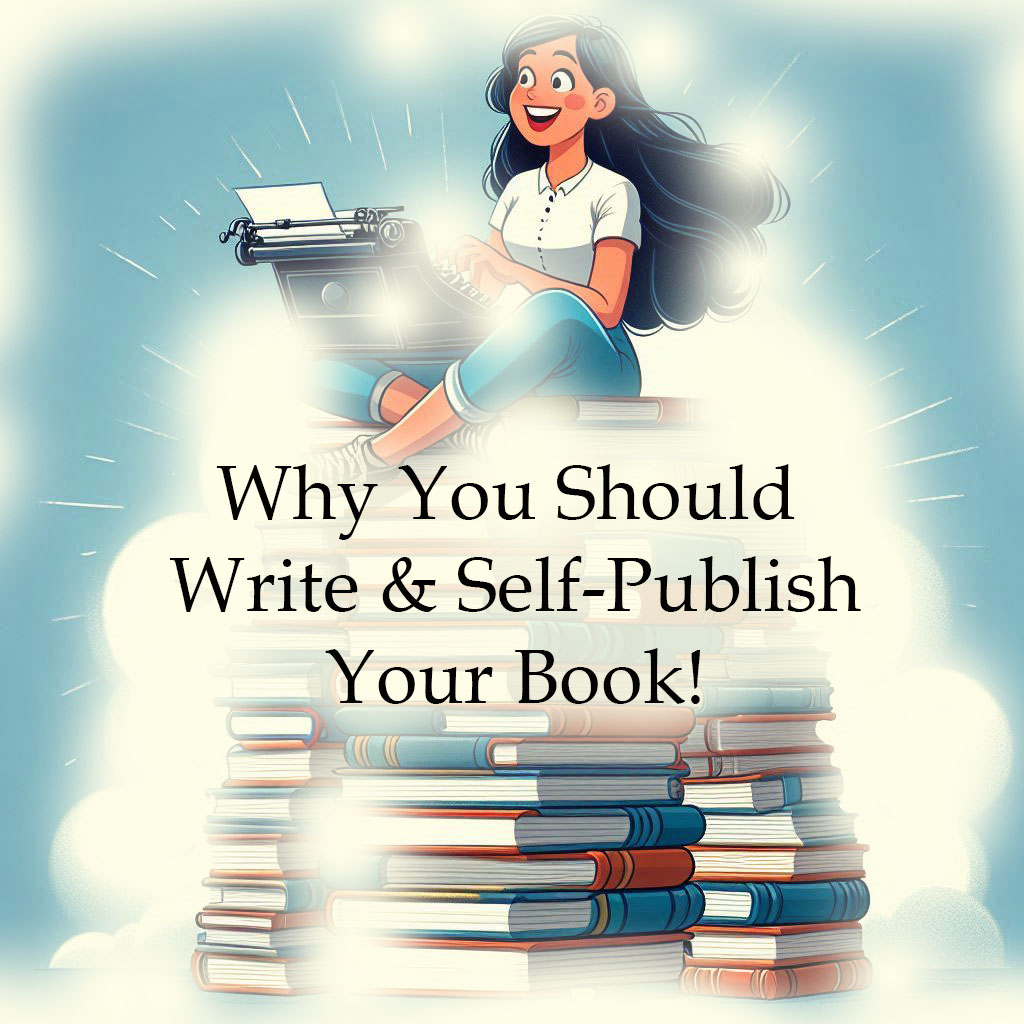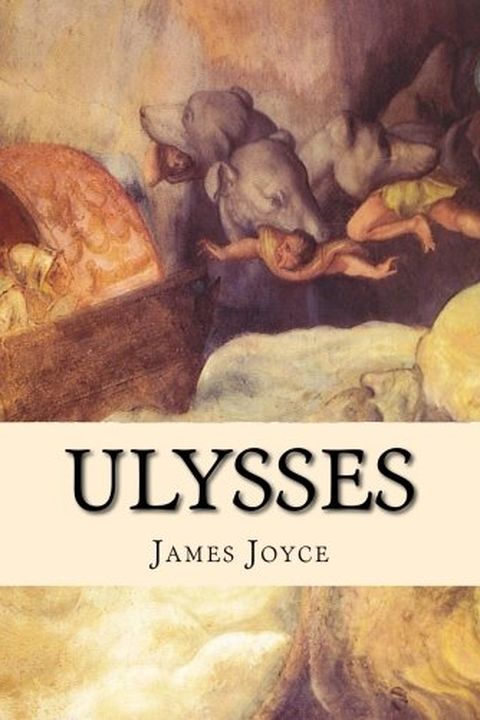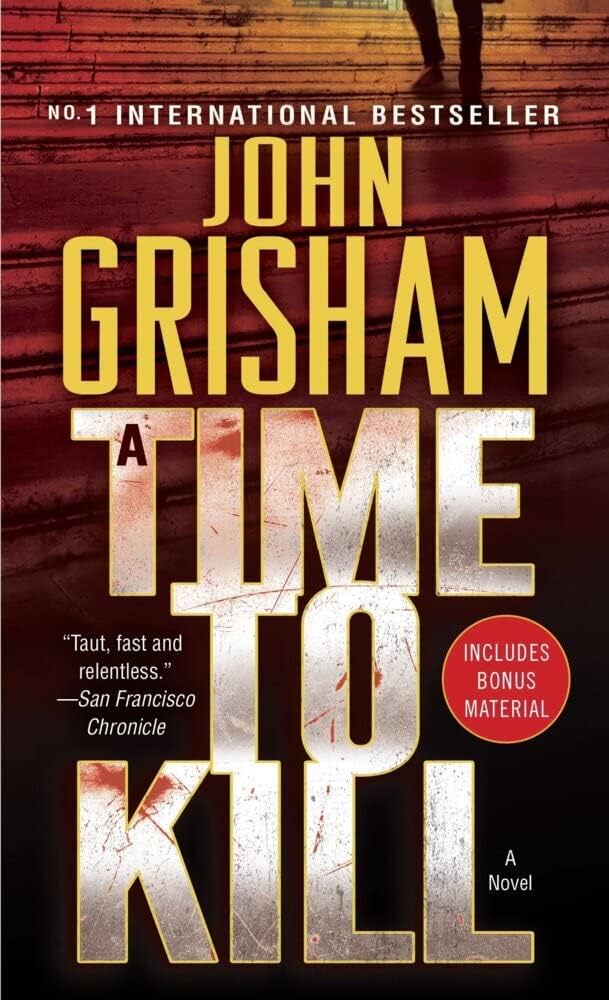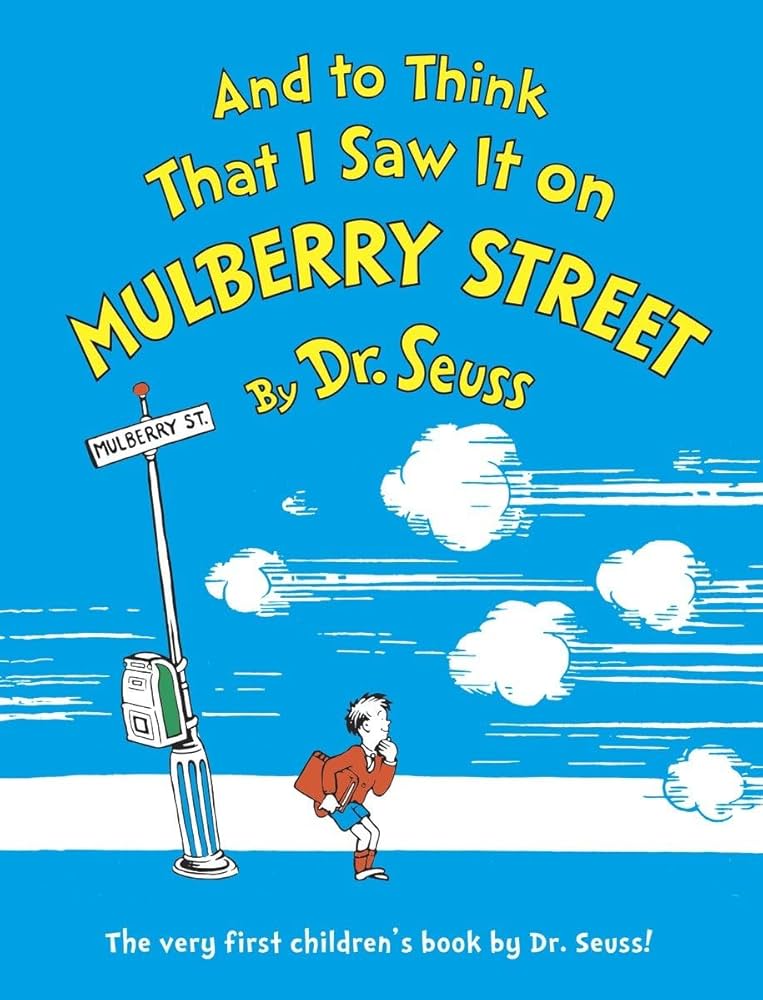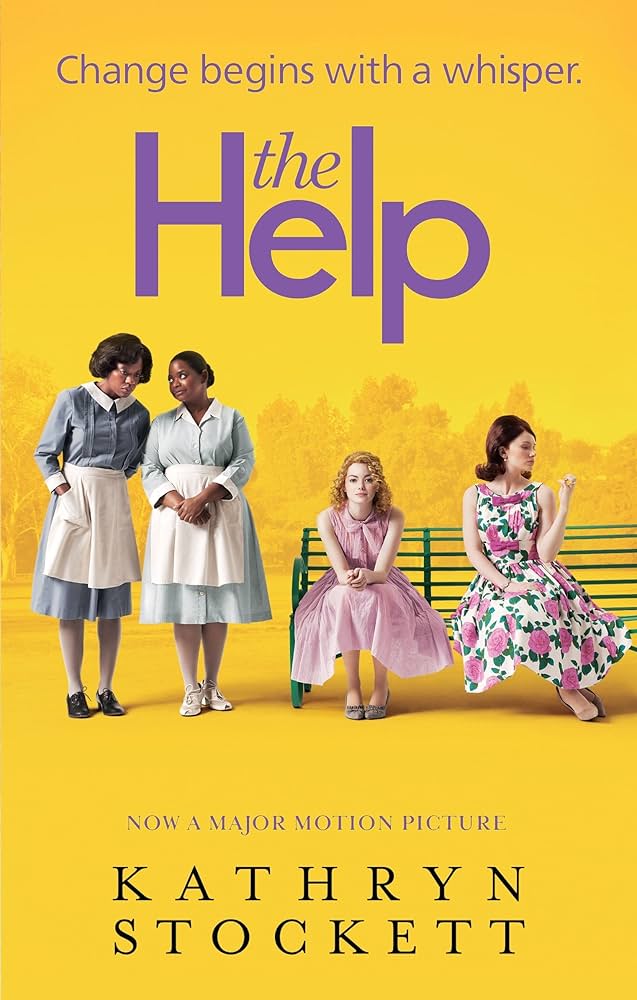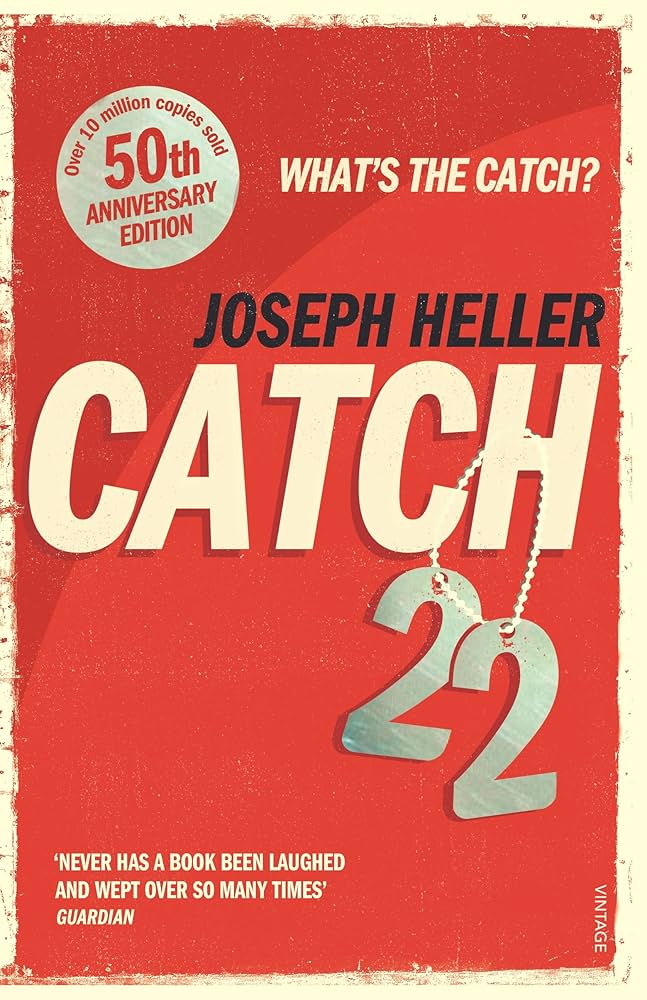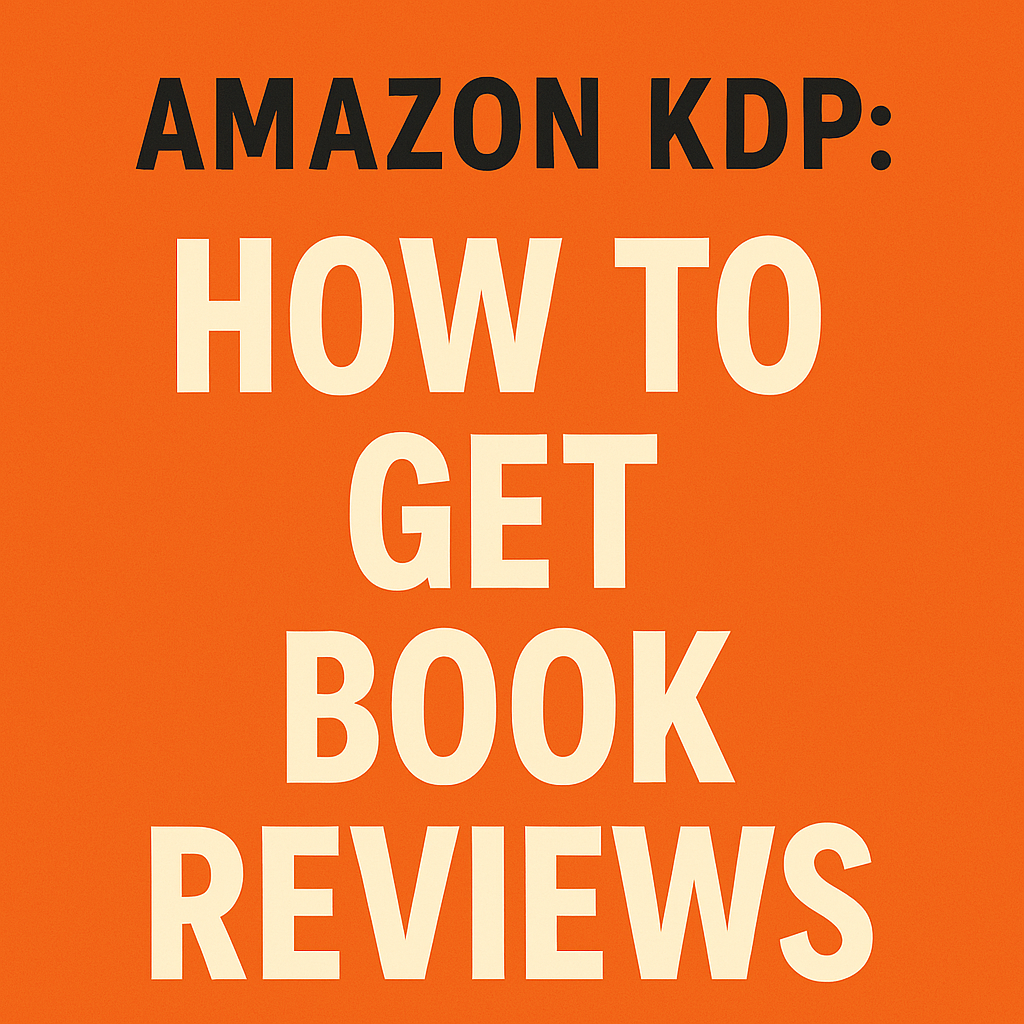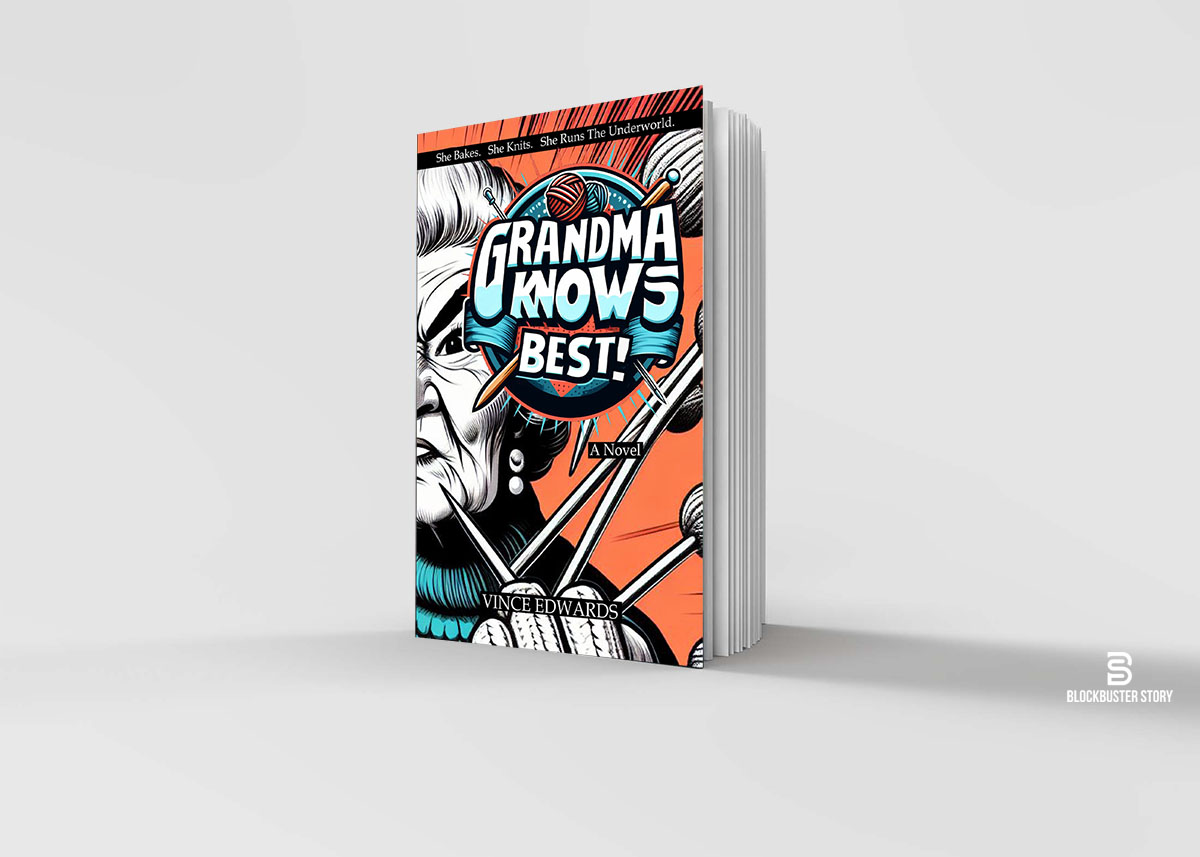Have you ever felt that spark of inspiration—an idea so vivid it practically begs to be put on paper—only to be stopped cold by that small, nagging voice in the back of your head?
“What if no one wants to read it?”
“What if it’s not good enough?”
“What if I get rejected—over and over?”
If you’ve ever doubted your ability to write and publish a story, you’re not alone. And more importantly, you’re in some seriously good company.
Some of the greatest authors in history—writers whose names are now etched into the literary canon—were told their work wasn’t good enough.
They were rejected, overlooked, and sometimes even mocked by publishers.
But instead of giving up, they took matters into their own hands. They self-published.
That’s right—self-publishing isn’t a second-rate option or a last resort.
It’s a path that many literary giants have walked before you. James Joyce, Marcel Proust, Beatrix Potter, and John Grisham are just a few of the legendary names who had to carve out their own space in the publishing world because the gatekeepers didn’t see their potential.
And that’s the thing about writing: publishers and critics don’t always know what readers will love.
But when an author believes in their story enough to put it out there anyway, incredible things can happen.
So if you have a story burning inside you, this is your sign to stop waiting for permission.
The path to success isn’t always through traditional publishing—and the history of self-publishing proves it.
Let’s take a closer look at how some of the greatest writers of all time defied the odds, ignored the doubters, and found success by trusting their own creative instincts.
When the Gatekeepers Say No — Publish It Yourself
James Joyce and Marcel Proust Didn’t Wait for Approval
Imagine writing a book that’s considered one of the greatest works of literature in human history—only to have publishers slam the door in your face.
That’s exactly what happened to James Joyce and Marcel Proust.
Joyce’s Ulysses—now regarded as a masterpiece of modernist literature—was too experimental, too long, and too complex for publishers in the early 20th century.
They didn’t know what to make of it. Rejection after rejection rolled in.
Finally, Joyce took control and self-published Ulysses in 1922. Readers and critics were initially baffled—but over time, it became a revolutionary work that influenced countless writers and reshaped literature forever.
Proust faced a similar uphill battle with Remembrance of Things Past (now known as In Search of Lost Time).
It was long, complex, and deeply introspective—a hard sell for publishers looking for something more conventional.
After being rejected by numerous publishers, Proust finally decided to self-fund the publication of the first volume in 1913.
It went on to become one of the most important literary works of the 20th century.
Joyce and Proust weren’t overnight successes. Their works were complicated, messy, and ahead of their time—but they believed in their vision enough to bring it into the world themselves. And eventually, the world caught up.
Rejected Over and Over — Until They Broke Through
John Grisham and Richard Bach Refused to Quit
John Grisham’s first novel, A Time to Kill, wasn’t exactly an easy sell.
It was rejected by 15 publishers and 30 agents before he finally decided to self-publish it.
He sold copies out of the trunk of his car, showing up at book fairs, libraries, and local events to get his work into readers’ hands. Slowly but surely, the book gained traction.
Eventually, Grisham became one of the most successful authors of all time, with over 300 million books sold worldwide.
Richard Bach faced a similar struggle with Jonathan Livingston Seagull.
Twenty publishers turned it down, calling it too strange, too philosophical, too… weird. But Bach believed in the story.
He self-published it, and to everyone’s surprise, it became a massive hit—selling over a million copies in its first year and going on to inspire generations of readers.
What’s remarkable about Grisham and Bach isn’t just that they succeeded—it’s that they refused to give up.
They saw something in their work that others didn’t, and they trusted their own instincts.
Children’s Books That Almost Didn’t Exist
Beatrix Potter and Dr. Seuss Did It Their Way
You’d think a story about a mischievous rabbit would be an easy sell, right? Not for Beatrix Potter.
Publishers rejected The Adventures of Peter Rabbit because they thought the story was too simple and the illustrations too quaint.
So in 1901, Potter decided to take control. She printed 250 copies herself and distributed them to family and friends.
The response was immediate—children adored it.
The book quickly became a sensation, and Potter eventually sold the rights to a publisher. Over 45 million copies have been sold since.
Dr. Seuss faced similar resistance when he tried to publish And to Think That I Saw It on Mulberry Street.
It was rejected 24 times before a friend at a publishing house took a chance on it. The book launched a career that would make Seuss one of the most beloved children’s authors of all time.
Imagine if Potter and Seuss had given up after the first rejection—or the tenth. Imagine a childhood without Peter Rabbit or The Cat in the Hat.
Nonfiction Successes That Started With Self-Publishing
Self-publishing isn’t just for fiction. Some of the most successful nonfiction books of all time started as self-published works.
- The Joy of Cooking by Irma Rombauer was self-published in 1931. Now it’s one of the most influential cookbooks in history.
- The Elements of Style by William Strunk, Jr. was originally a self-published guide for his students at Cornell University. It’s now a staple for writers worldwide.
- The Celestine Prophecy by James Redfield sold over 100,000 copies before a major publisher picked it up—turning it into a global phenomenon.
Self-publishing gave these authors a way to reach readers directly, without waiting for approval from the traditional publishing machine.
Rejection Doesn’t Mean Your Story Isn’t Worth Telling
If you’ve been rejected, you’re not alone. Even the most successful authors faced rejection:
- Kathryn Stockett’s The Help — 60 rejections
- Louis L’Amour — 200 rejection slips
- Jack London — 600 rejections before his first story sold
- Alex Haley’s Roots — 200 rejections
- Joseph Heller’s Catch-22 — 22 rejections (fitting, right?)
The difference between those who succeeded and those who didn’t wasn’t talent—it was persistence. They kept writing.
They believed in their stories, even when no one else did.
Why Your Story Matters
Here’s the truth: Your story matters. The world needs your voice. It doesn’t matter if you’re writing a novel, a memoir, a children’s book, or a how-to guide.
If you feel compelled to write it, someone out there needs to read it.
Yes, you might get rejected. Yes, the road will be hard. But the history of self-publishing proves that you don’t need anyone’s permission to succeed.
- Joyce and Proust trusted their creative instincts.
- Grisham and Bach hustled to get their books into readers’ hands.
- Potter and Seuss didn’t let rejection define their futures.
Neither should you.
It’s Your Turn
You have a story. You have the power to tell it. Don’t wait for someone to tell you it’s good enough. Write it. Publish it. Share it with the world.
History shows that the most influential works often start with a single person who refuses to give up.
Be that person.
The world is waiting for your story. Your readers are waiting!

